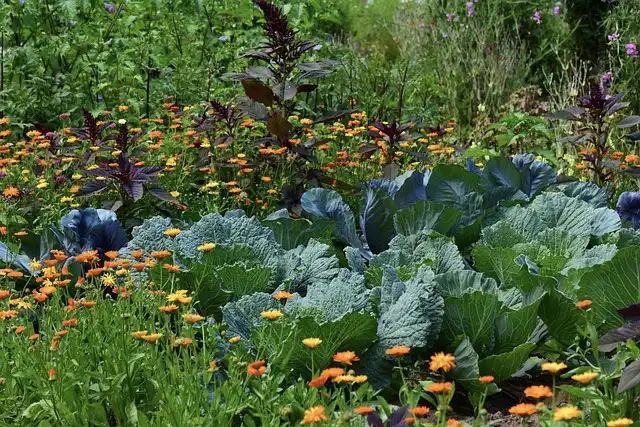
Hybrids -- common in agriculture as well as in nature -- have chromosomes from two or more parent species. In some cases, including strawberries, goldfish and several other species, these disparate parental chromosomes become doubled, a condition known as allopolyploidy.…
Read More












